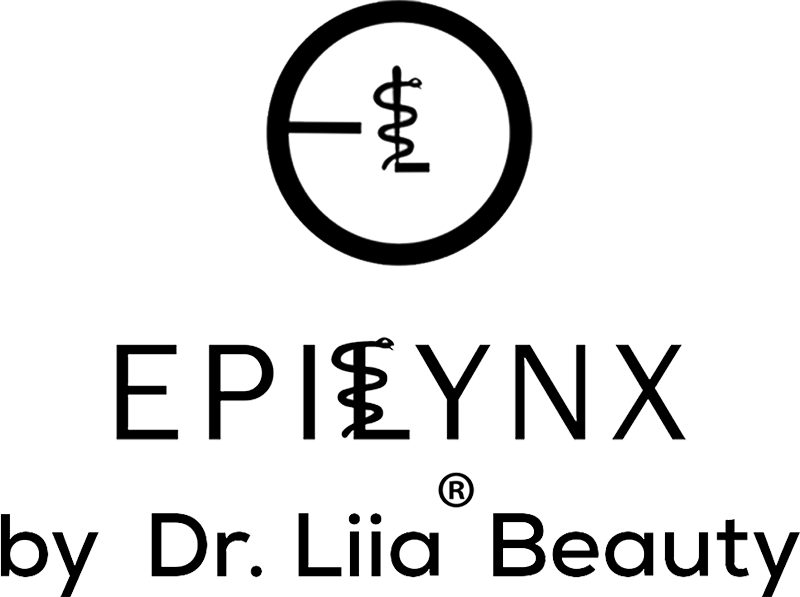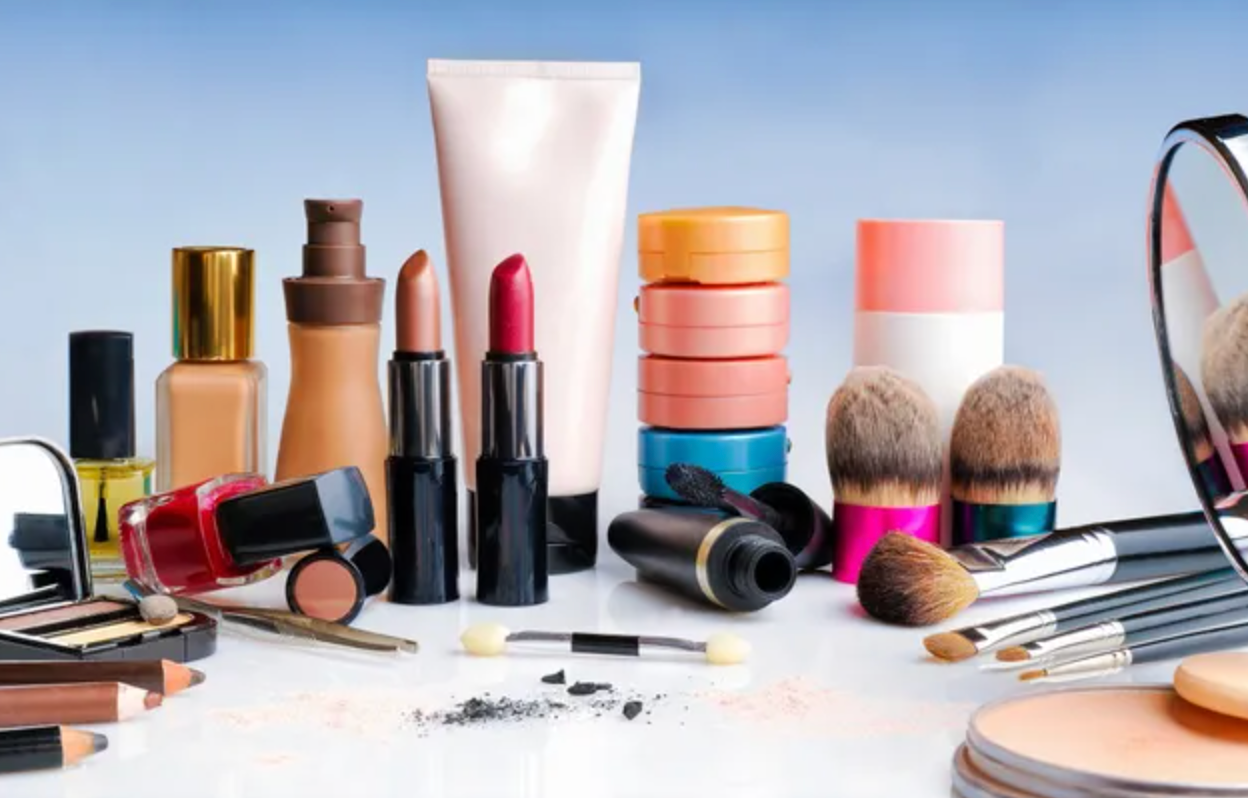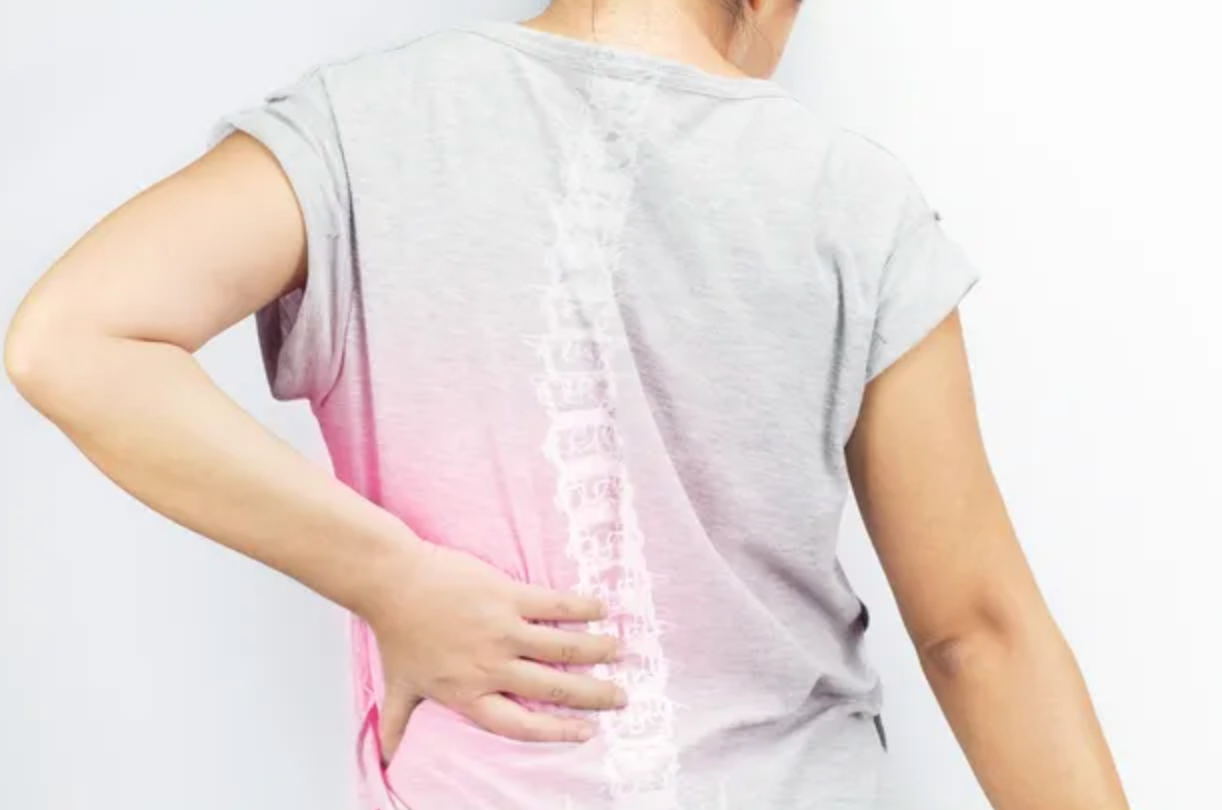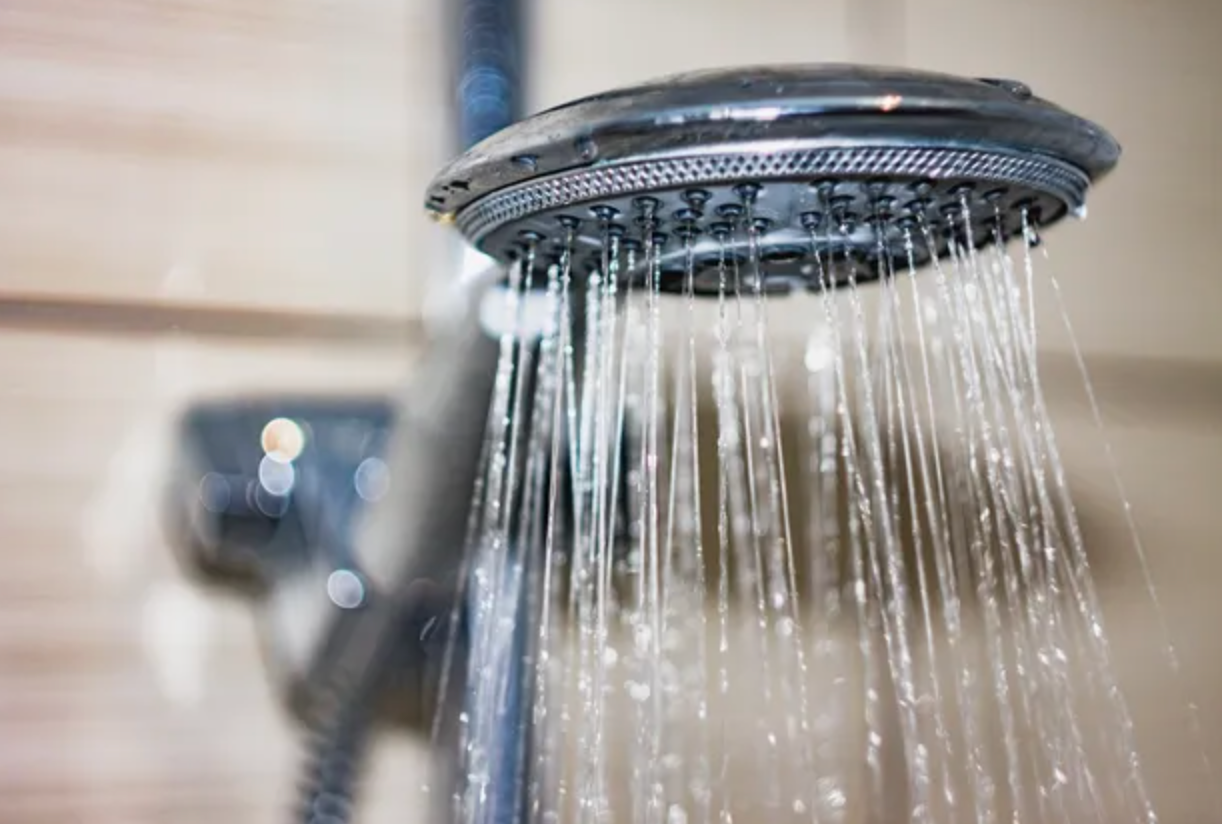People use cosmetics to keep clean and enhance their beauty. These products range from lipstick and nail polish to deodorant, perfume, hairspray, shampoo, shower gel, tattoos, hair adhesives, hair removal products, hair dyes, most soaps, some tooth whiteners, and some cleansing wipes. It’s important to use cosmetics products safely.
The U.S. Food and Drug Administration (FDA) reminds you to get the facts before using cosmetics products.
General Tips
Follow these safety guidelines when using cosmetics products of any type:
- Read the label. Follow all directions and heed all warnings.
- Wash your hands before you use the product.
- Do not share makeup.
- Keep the containers clean and tightly closed when not in use, and protect them from temperature extremes.
- Throw away cosmetics if there are changes in color or smell.
- Use aerosols or sprays cans in well-ventilated areas. Do not use them while you are smoking or near an open flame. It could start a fire.
Eye Make-Up Tips
There are special safety guidelines for using cosmetics in the eye area. Be sure to keep these practices in mind:
- Do not use cosmetics near your eyes unless they are meant for your eyes. For example, do not use lip liner on your eyes.
- Do not add saliva or water to mascara. You could add germs.
- Throw away your eye makeup if you get an eye infection. The makeup could have become contaminated.
- Do not dye or tint your eyelashes. FDA has not approved any products for permanent dyeing or tinting of your eyelashes or eyebrows.
Understanding Cosmetic Labels
Being familiar with the product you are using is important. Be sure to read the entire label, including the list of ingredients, warnings, and tips on how to use the product safely. Also, be aware of the following terms that you may see on the label:
- Hypoallergenic: Do not assume that the product will not cause allergic reactions. FDA does not define “hypoallergenic.”
- Organic or Natural: The source of the ingredients does not determine how safe it is. Do not assume that these products are safer than products made with ingredients from other sources. The U.S. Department of Agriculture (USDA) defines what it means for cosmetics to be labeled “organic.” However, there is no formal USDA or FDA definition for “natural.”
- Expiration Dates: The law does not require cosmetics to have an expiration date. However, a cosmetic product may go bad if you store it the wrong way — for example, in a place that is too warm or too moist. Marking the container with the date you open a cosmetic may help you keep track of the age of your cosmetics.
Report Problems to FDA
The law does not require cosmetics to be approved by FDA before they are sold in stores. However, FDA does monitor consumer reports of adverse events with cosmetic products.
Please notify FDA if you experience a rash, redness, burn, or another unexpected reaction after using a cosmetic product. Also, please contact FDA if you notice a problem with the cosmetic product itself, such as a bad smell, color change, or foreign material in the product.
Follow these steps:
- Stop using the product.
- Call your healthcare provider to find out how to take care of the problem.
- Report problems to FDA in either of these ways:
- Contact MedWatch, FDA’s Safety Information and Adverse Event Reporting Program:
- By Phone: 1-800-FDA-1088
- Online: File a voluntary report
- Contact the Consumer Complaint Coordinator in your area.
EPILYNX MAKEUP TIP: if in doubt, always contact the manufacturer if you have any questions about the ingredients, safety etc! If they dont answer, do not buy the product!




